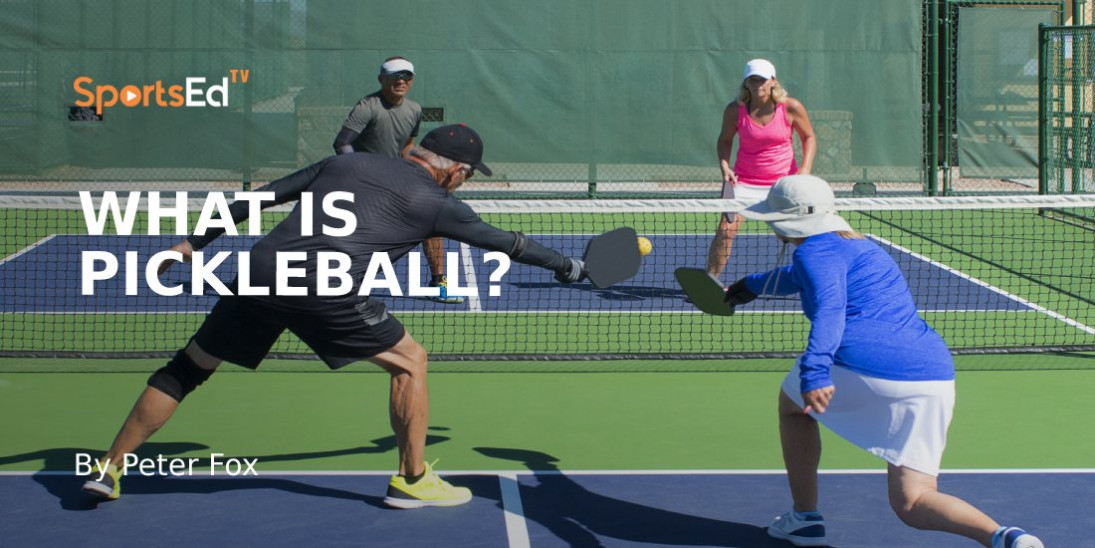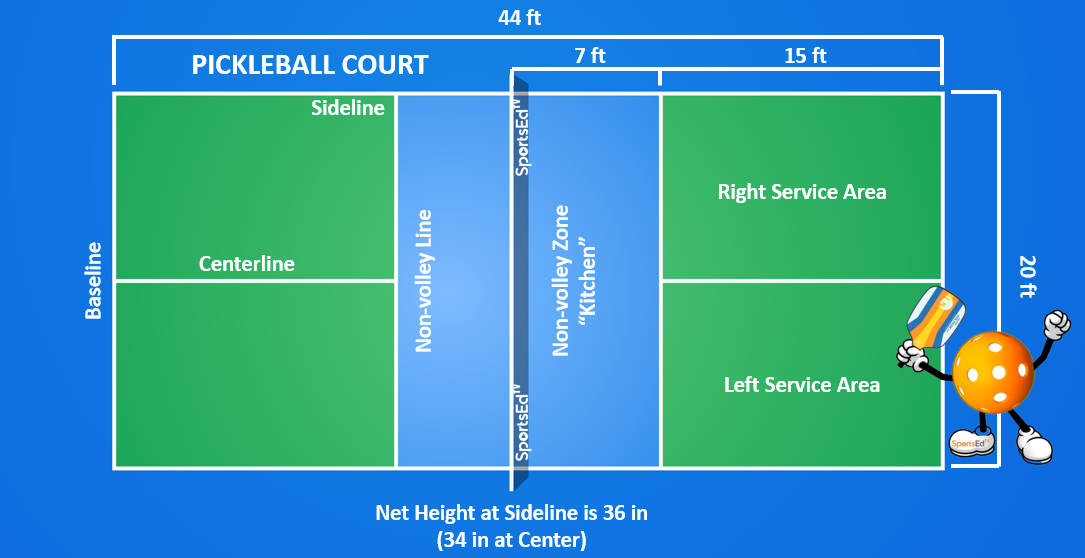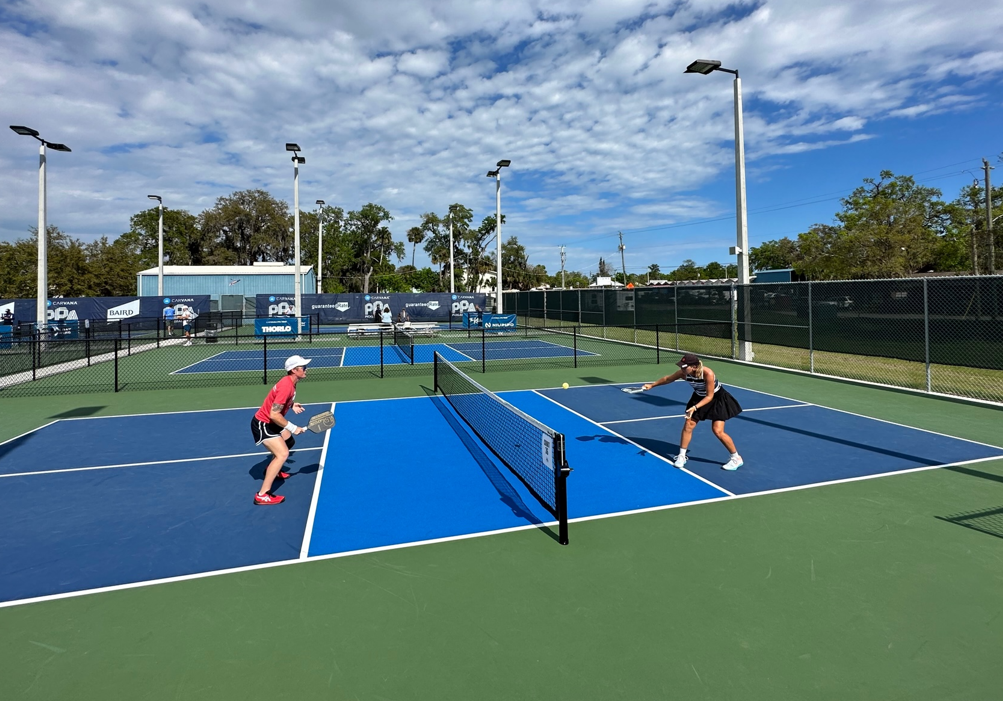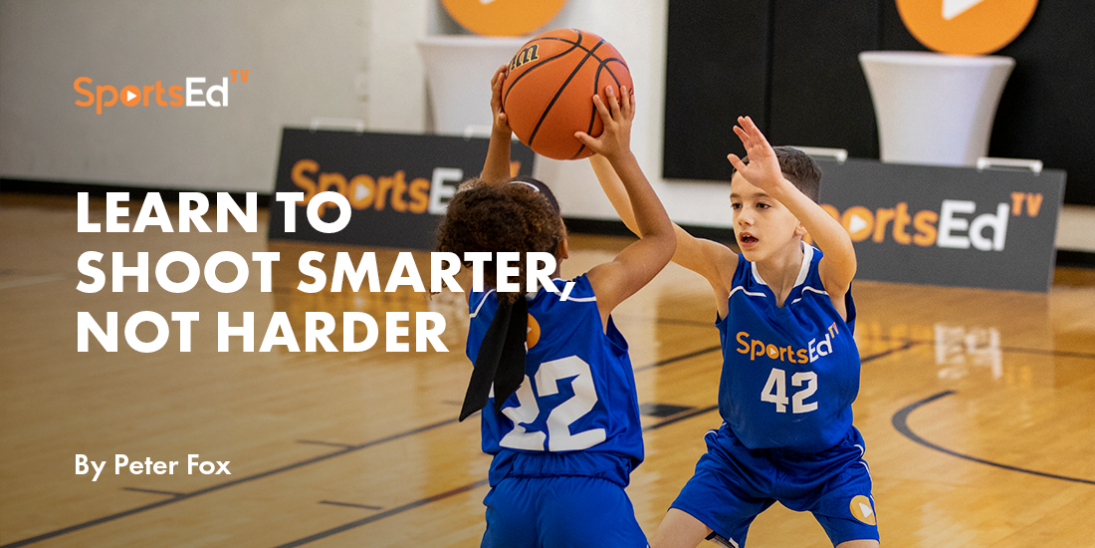Pickleball
Welcome and thanks for visiting...

What Is Pickleball?

A bored, whiny kid—as a grownup—has confessed to, in 1965, challenging his dad to invent a game that became known as Pickleball—the fast-growing racquet sport.
Online, USA Pickleball quotes the Pritchard son, Frank, now 68, saying:
“I was bitching to my dad that there was nothing to do on Bainbridge. He said that when they were kids, they’d make games up.” Frank bitterly responded to his dad, “Oh, really? Then why don’t you go make up a game?”
If boredom is a precursor to fabulous new sports which will 2020 pandemic quarantined kids have created that will be played in the 2075 Isolatric Games?
Pickleball, the oddly named combination of tennis, paddleball, and whiffle sports, began when Pritchard's wife Joan named it in 1965.
The spread of the sport is attributed to its popularity within community centers, physical education classes, YMCA facilities, and retirement communities.
The sport continues to grow worldwide as well with many new international clubs forming and national governing bodies now established on multiple continents and is governed and promoted by The International Federation of Pickleball.
Pickleball leaders say it has become so quickly popular because it is fun, social, and friendly. The rules are simple and the game is easy for beginners to learn, but can develop into a quick, fast-paced, competitive game for experienced players they add.
Pickleball is played indoors or out on a court that looks like this.


Equipment is similar to other sports, to racquets or paddles morphing from ping pong, and paddleball, mostly, and as mentioned the balls are whiffle-like.
Pickleball Rules
Five simple rules govern Pickleball.
The Ball Can’t Fall Out of Bounds
As with most racquet or paddle sports, the ball in Pickleball can’t fall out of bounds. The white lines on either side of the court dictate where you can and can’t hit the ball. If you hit the ball out of bounds, you lose your serve or give the ball back to the other team. Unfortunately, this error puts you at a disadvantage. Furthermore, it can alter the remaining course of the game.
You Must Follow Proper Serving Regulations
The serving regulations are quite simple. Follow these steps:
The ball has to be held underhand and below the waistline. This formation is necessary for the game to get started. Keep one foot behind the baseline to ensure that the service is starting from the proper distance.
Hit the ball diagonally to the opposite side of the court.
Importantly, only the serving team can score a point.
The Two Bounce Rule
This is arguably the most unique and important rule of Pickleball. And it's one that newcomers often forget; especially if they're the ones serving.
An easy way to give the ball back to the other team (which is not what you want) is to let the ball bounce twice on your side. If you’re serving or hitting it back to the other side, you need to make sure that it only bounces once on your side. When the ball bounces twice, your service is over.
On that note, there has to be at least one bounce per side on both the serve AND the return of serve. When the ball is coming in your direction after the serve, you need to make sure that you let it bounce once.
In addition, and this is unique to the game of pickleball, the return of serve must be allowed to bounce. So, if you served, and your opponent blasts a deep return your way, you MUST let the ball bounce before playing it.
After the two-bounce rule has been completed, either side may play the ball in the air or let it bounce.
During The Serve, The Ball Can't Touch The No-Volley Zone
The no-volley zone is anywhere inside of the lined box that sits 7 feet off from the net. There’s a no-volley zone on both sides of the court, one for each team. The space is nicknamed The Kitchen.
You’ll know where the kitchen line is because it’s the only place in the whole area of play that has highlighted regions.
Pickleball Ends at 11, 15, or 21 Points
A traditional game of Pickleball ends at 11 points. However, the winning team has to be winning by at least 2 points. Some Pickleball games extend the score to 15, whereas others go all the way up to 21.
For a full serving of approved Pickleball rules, USA Pickleball offers them here.
Playing techniques and strategies seem to mirror other racquet sports as shots have similar names, albeit less intensity and distance to cover. To wit: Dinks, drops, lobs, volleys, groundstrokes and smashes.
Intriguing is Pickleball’s no-volley zone, informally called The Kitchen.
More specifically, these are regulations governing The Kitchen or Non-Volley Zone:
The non-volley zone is the court area within 7 feet on both sides of the net. Volleying is prohibited within the non-volley zone, preventing players from executing smashes from a position within the zone.
It is a fault if, when volleying a ball, the player steps on the non-volley zone, including the line, and/or when the player’s momentum causes them or anything they are wearing or carrying to touch the non-volley zone, including the associated lines.
It is a fault if, after volleying, a player is carried by momentum into or touches the non-volley zone, even if the volleyed ball is declared dead before this happens.
A player may legally be in the non-volley zone any time other than when volleying a ball.
It causes a writer to wonder if the no-volley kitchen moniker can be traced back to a younger Joel Pritchard’s subconscious when the Father of Rock and Roll, Bill Haley’s Hit Parade topping Shake, Rattle and Roll lyrically demanded:
“Get out of my kitchen…”








